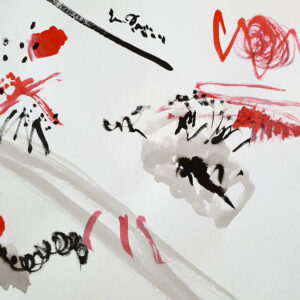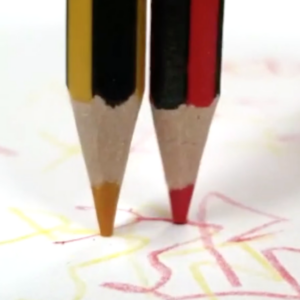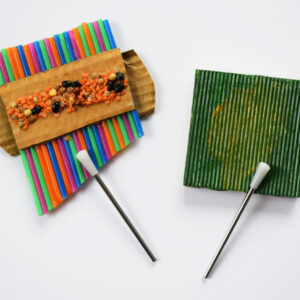Mark making underpins all drawing activity. In Part Three of Mark Making and Sound we explore how we can use the rhythm and personality of a piece of music to give our observational drawings a sense of flow and playfulness.
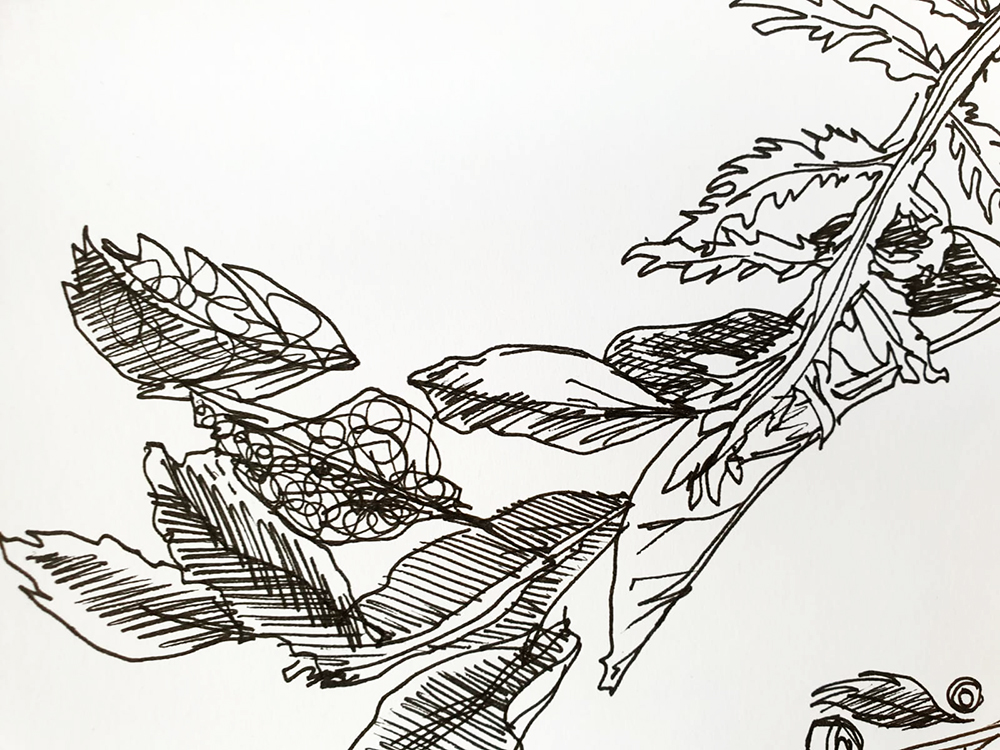 In this exercise, we explore how we can music to create a sense of rhythm and playfulness in our drawings. The aim of this exercise is to enable learners to experience a free-flowing drawing activity, and to participate in drawing as a physical sensory experience.
In this exercise, we explore how we can music to create a sense of rhythm and playfulness in our drawings. The aim of this exercise is to enable learners to experience a free-flowing drawing activity, and to participate in drawing as a physical sensory experience.
This resource can be used with ages 6 through to adults and takes between 5 to 15 minutes.
Please use this exercise in context of the other Mark Making and Sound exercises here. The text explanations on the other resources in this series apply to this resource too.
In this exercise we will use the rhythms and melodies within a piece of music to help learners create a sense of flow and momentum in their drawing, both in terms of the process and the end result.
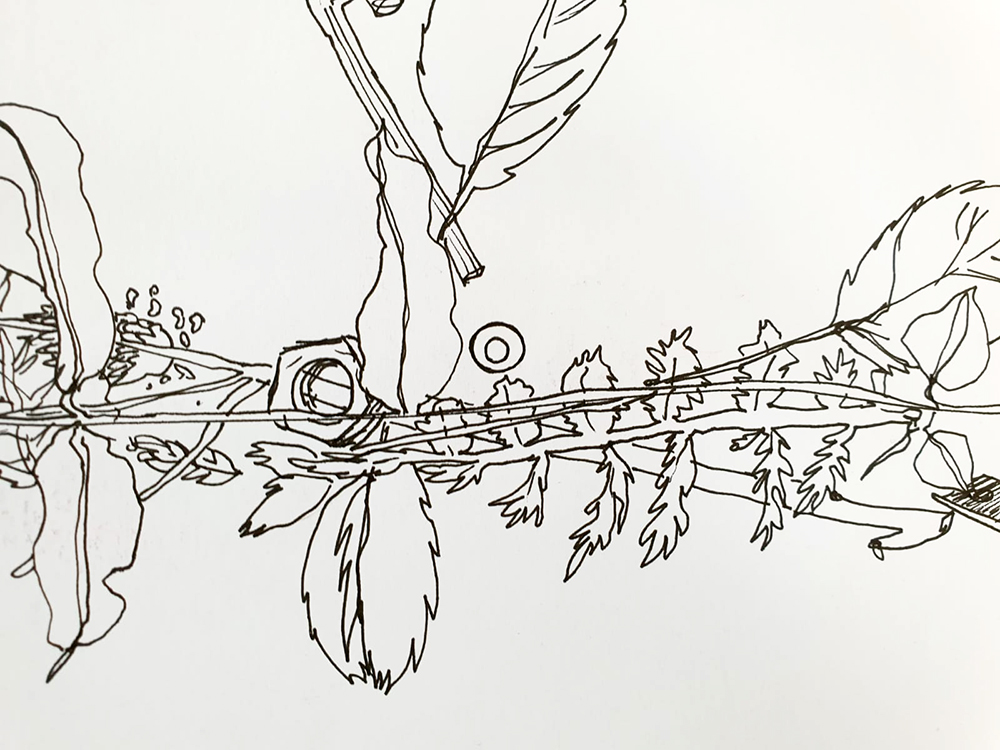 This exercise can be used as a transitional exercise between activities or to precede other drawing activities. It’s an ideal exercise to do as a guided activity, i.e. with the teacher using verbal prompts and sounds to help the children.
This exercise can be used as a transitional exercise between activities or to precede other drawing activities. It’s an ideal exercise to do as a guided activity, i.e. with the teacher using verbal prompts and sounds to help the children.
Note to Teachers:
Please do try this exercise yourself a few times so you know how it feels to actually do the exercise before you run through it with pupils.
Watch the video above as a class so that the children can begin to appreciate some of the different ways that they can use their drawing tool, inspired by the sound.
You can then either use just the audio from the video so the children can create their own marks (it is important that they don’t feel the need to replicate the marks in the video), or you might choose your own music.
Older children may also enjoy choosing or composing their own music to inspire drawing. There is also lots of potential for teachers to choose music which feels appropriate to the subject matter to be explored, for example, drawing a rainstorm whilst listening to music composed around that theme.
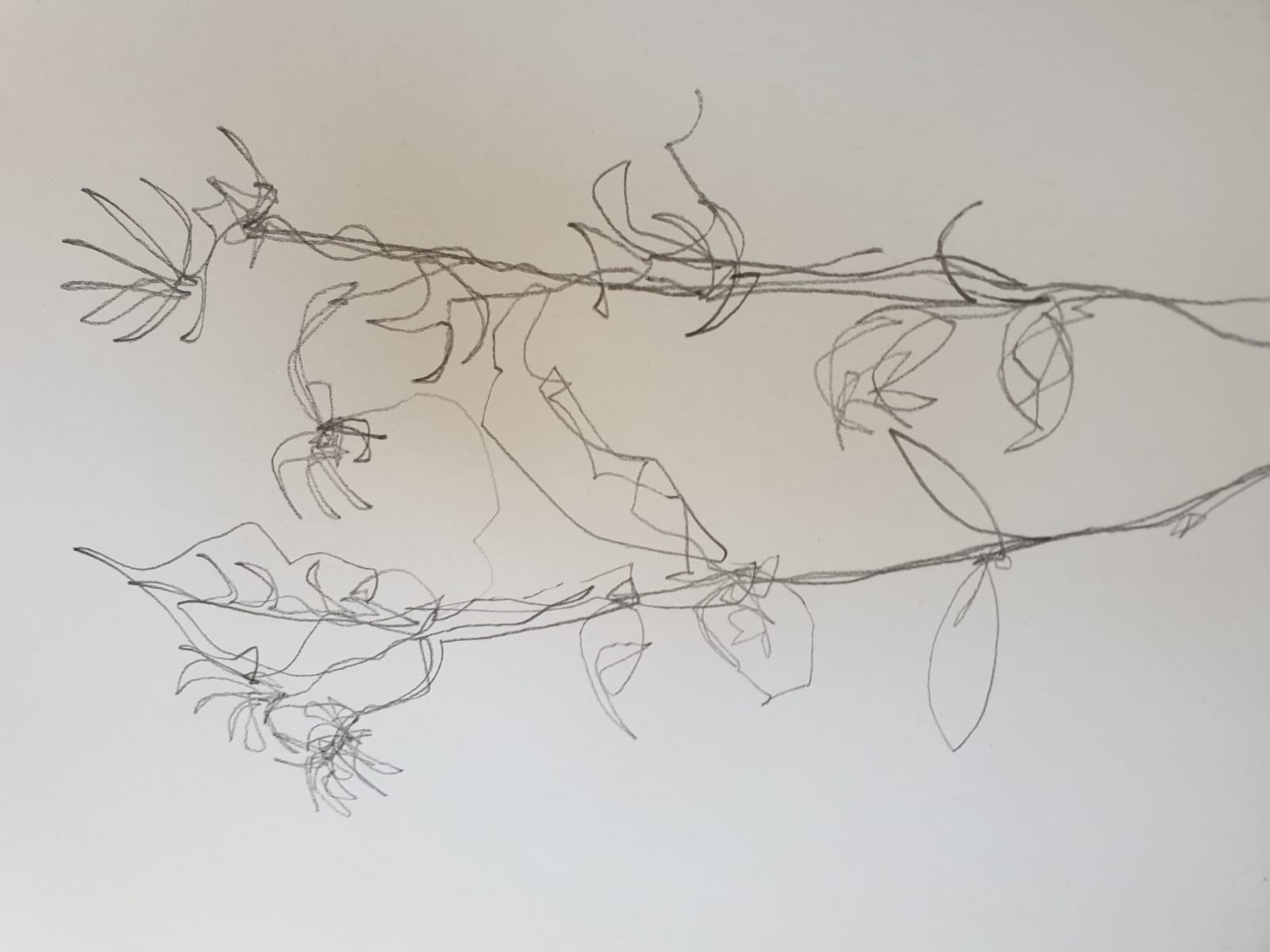 In this exercise, have a subject matter to hand for the pupils to observe. This might be natural forms such as leaves or rocks, people or landscapes, or manmade forms such as still life objects.
In this exercise, have a subject matter to hand for the pupils to observe. This might be natural forms such as leaves or rocks, people or landscapes, or manmade forms such as still life objects.
To Start
Take a sheet of A3 or A2 cartridge paper, and a drawing tool: a soft pencil (2B, 4B, 6B) or a handwriting pen, or ink and brush etc.
Spend a few minutes looking at the object to be drawn. What do you see? Look as closely as you can.
Then, as you listen to the music, challenge yourself to move your drawing tool in time with the music. Let the spirit of the music flow through your body, down to your hand and through the drawing tool onto the paper. Keep looking at the object you are drawing, but allow the music to influence your mark making too.
Remember the mark making skills you learnt in Part One and Part Two.
Keep drawing as the music plays. Allow the music to push you and your drawing forwards.
Feel the energy of the sound, and let the same kind of energy travel down your arm to drawing tool!
Tip:
If you feel like you’re really struggling to let go and you can’t stop that voice inside your head saying “I don’t know what I’m doing”, then try closing your eyes as you listen to the sounds and make the marks with your eyes closed.
This is a sample of a resource created by UK Charity AccessArt. We have over 1500 resources to help develop and inspire your creative thinking, practice and teaching.
AccessArt welcomes artists, educators, teachers and parents both in the UK and overseas.
We believe everyone has the right to be creative and by working together and sharing ideas we can enable everyone to reach their creative potential.
You May Also Like…
Mark Making & Sound: Part One
Mark Making & Sound: Part Two
Pathway: Music and art
This is featured in the ‘Music and Art’ pathway
